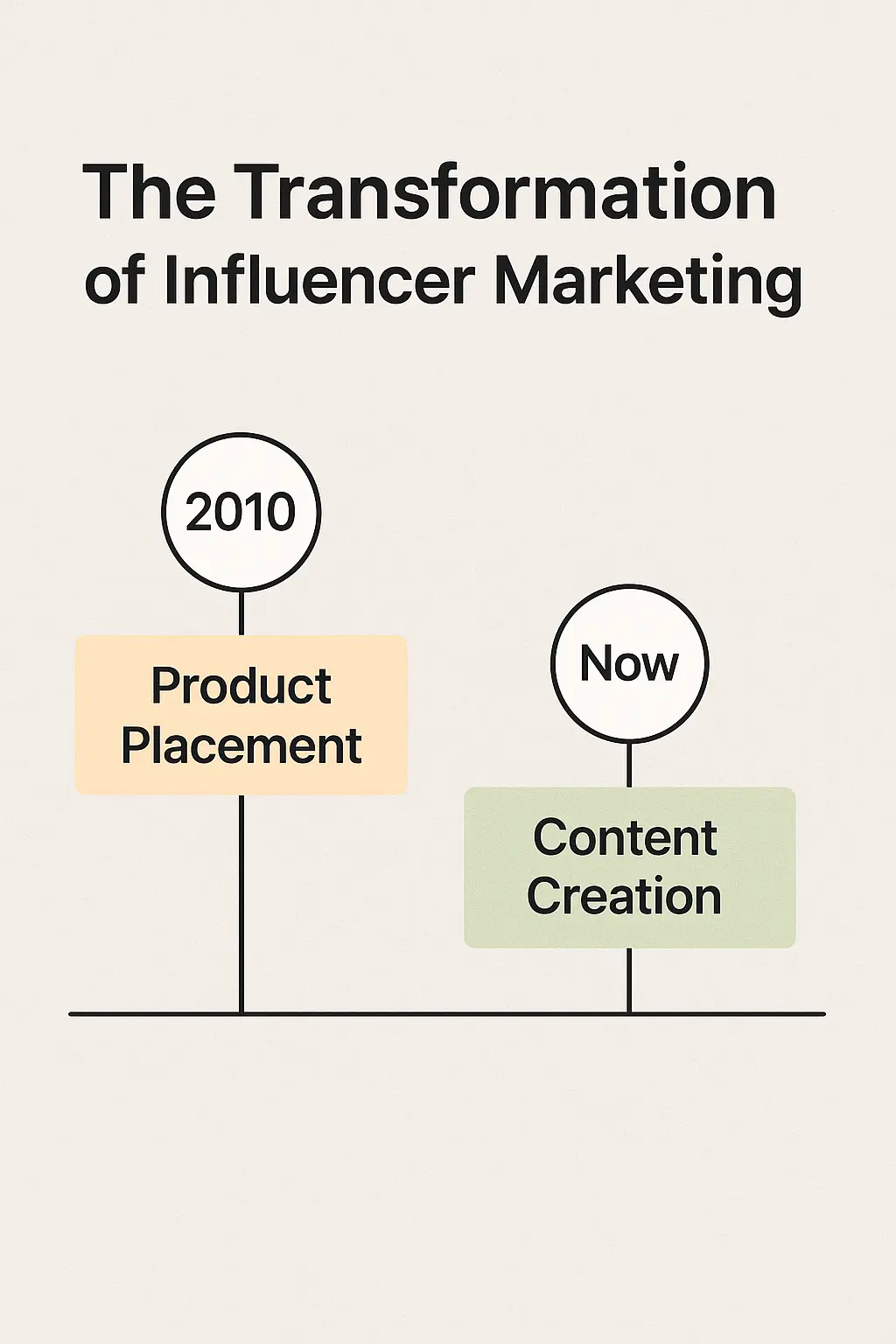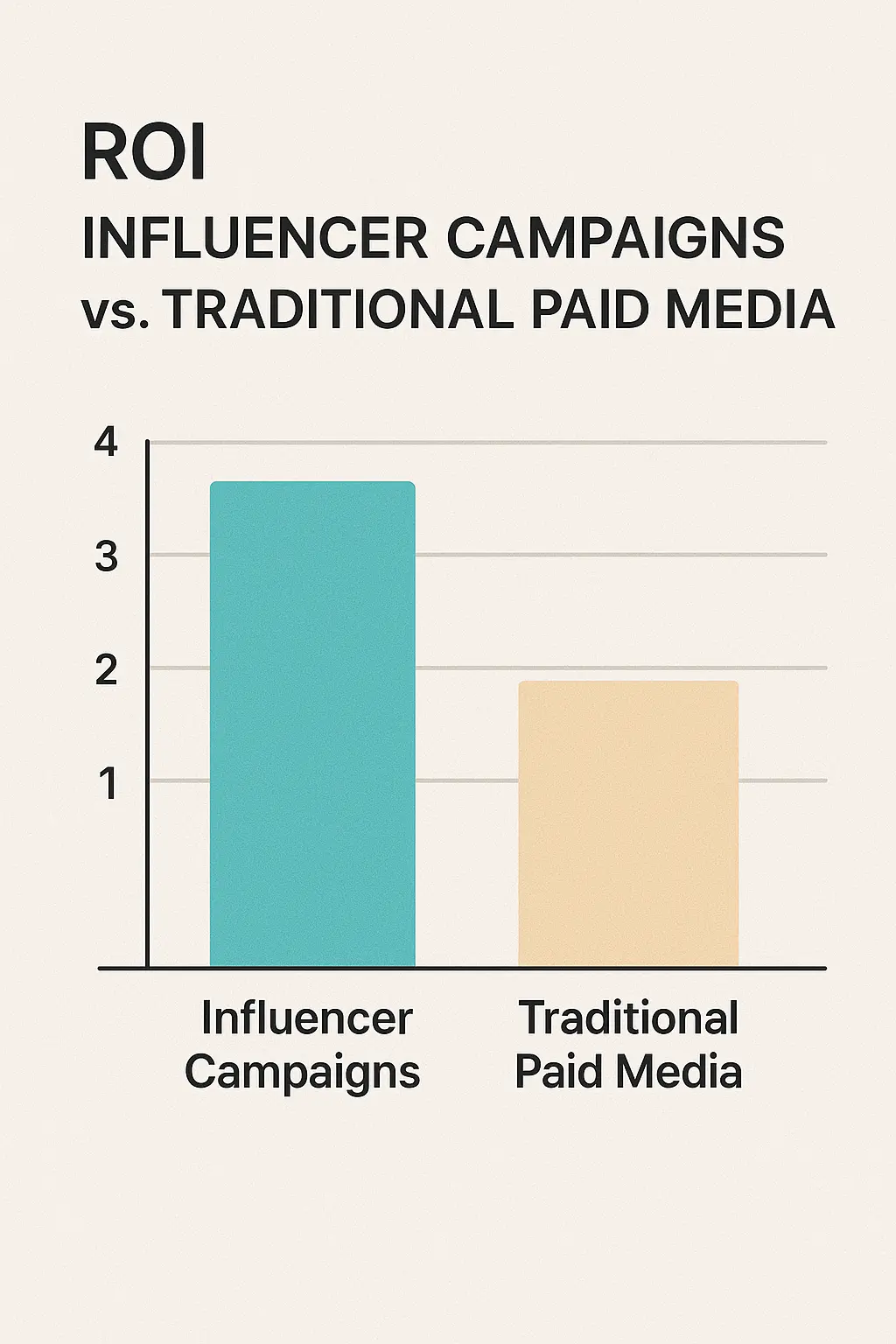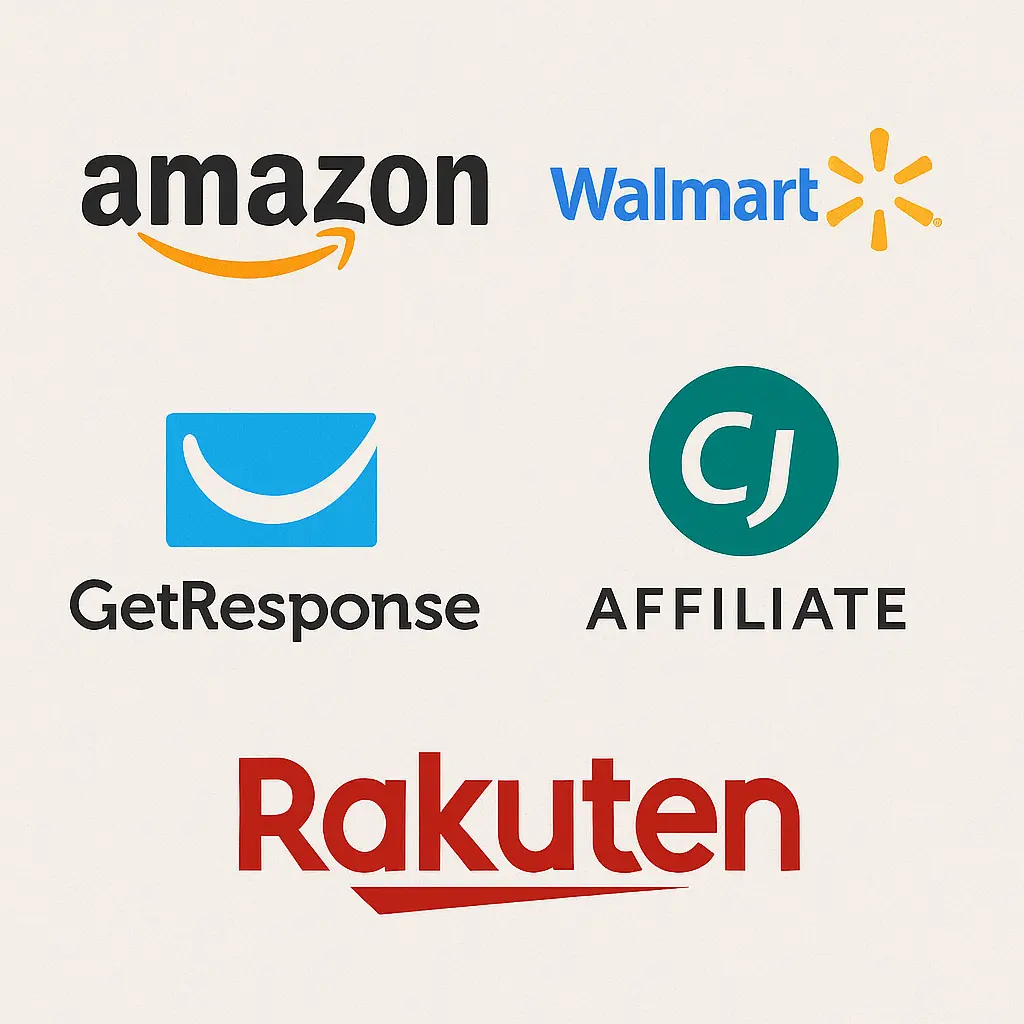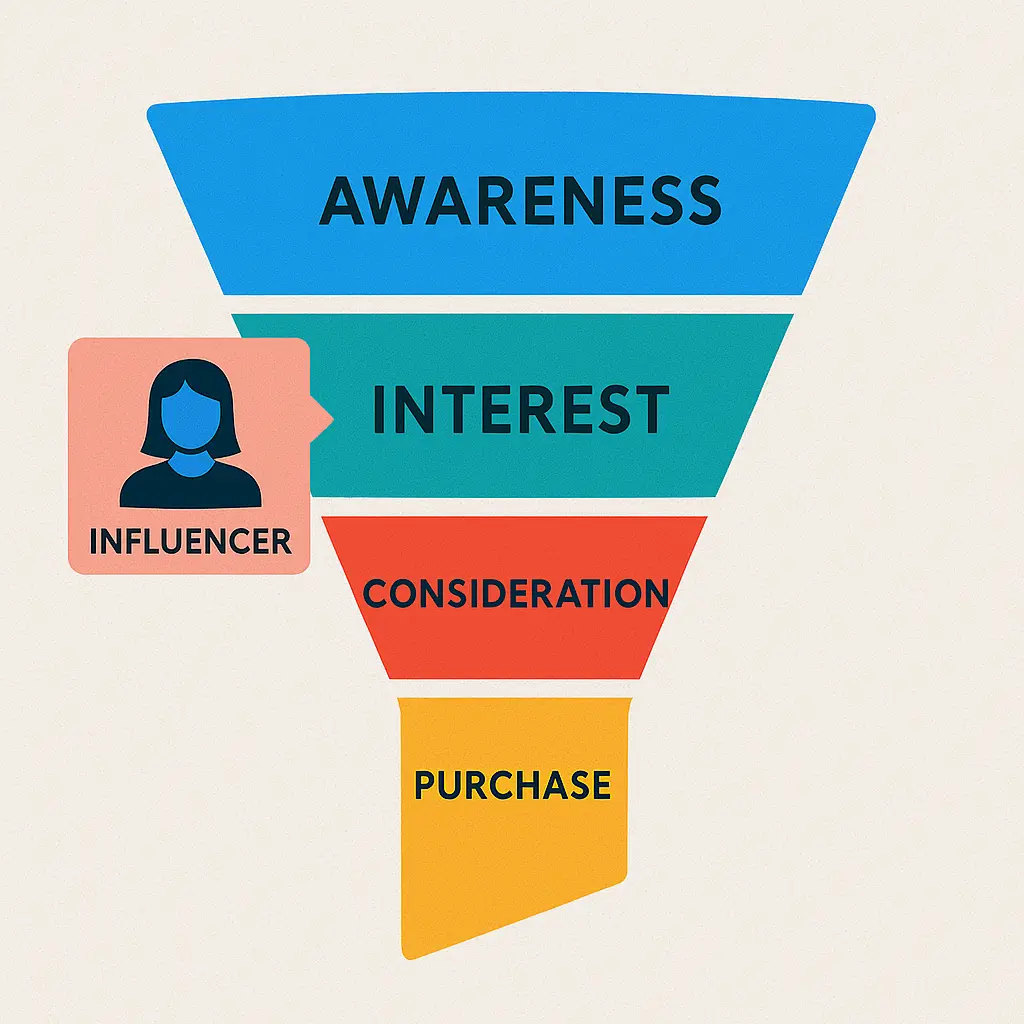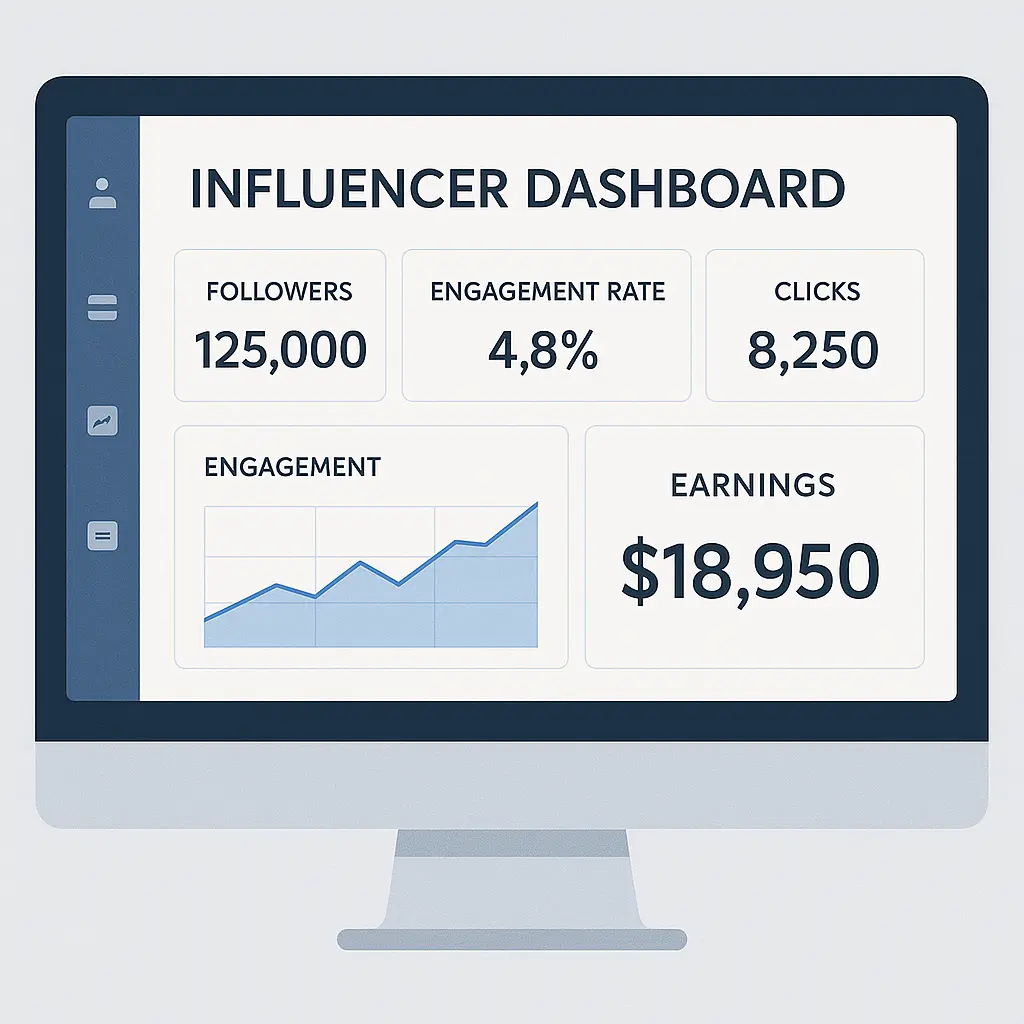Influencer Marketing for Affiliate Success: Ultimate Guide
Introduction
Influencer marketing has cemented itself as an essential pillar of affiliate marketing strategies. The synergy between influencers and affiliate brands has matured into a performance-driven model where authenticity meets measurable ROI.
The digital marketing world is changing,
Digital marketing is changing, with micro-influencers to celebrity creators shaping the space. Brands need to keep up to stay ahead.
This in-depth guide reveals how influencer marketing is driving affiliate success.
You can be a brand manager, strategist, or creator, you’ll find practical advice, key trends, and essential tools to grow your revenue.
The Evolution of Influencer Marketing
Influencer marketing in the early 2010s was characterized by brand shoutouts, often without disclosures. With platforms evolving and audiences becoming smarter, the necessity for transparency and actual influence increased. Influencers are now brand storytellers, growth partners, and authentic brand advocates.
Influencers no longer just post pretty pictures; they’re running full-blown content strategies and contributing to multi-channel affiliate revenue streams. Brands are moving away from vanity metrics and are focused on tangible results: affiliate conversions.
Why Influencer Marketing is Crucial for Affiliate Success?
Affiliate success is all about trust, conversion, and reach — the trifecta that influencer marketing delivers. According to recent surveys, 68% of consumers trust influencer recommendations more than brand ads. Influencers generate relatable content that converts.
Here’s why it’s indispensable:
- Trust-Based Conversion: Influencers already have rapport with their audience, leading to higher conversion rates.
- Niche Targeting: Influencers give brands access to highly segmented audiences.
- Content Longevity: Reels, TikToks, blogs, and YouTube videos continue to drive affiliate clicks long after publishing.
- Cost Efficiency: Influencer-generated content (IGC) is often more cost-effective than traditional ads.
Top Influencer Affiliate Programs
Not all affiliate programs are created equal. Modern-day platforms have also made specialized offerings for influencers with their distinct styles of content and sources of traffic.
1. Amazon Influencer Program: Offers influencers a custom storefront, built-in analytics, and fast-track earnings.
Learn how to make money from Amazon Influencer Program!
2. Walmart Creator: A dedicated platform with real-time reporting and wide product range.
3. GetResponse Affiliate Program: Ideal for influencers in the B2B or SaaS space. Offers recurring commissions up to 60%.
4. CJ Affiliate: A diverse affiliate network with top brands in fashion, tech, and more.
5. Rakuten Advertising: Provides influencers a robust dashboard and flexible payout options.
Strategies for Maximizing ROI
To truly harness influencer marketing for affiliate success, you need a strategy that goes beyond promotional posts:
1. Use Micro-Influencers for Hyper-Targeting
Micro-influencers (with 5K–50K followers) often yield better engagement and trust. Their tight-knit communities convert better due to perceived authenticity.
2. Offer Exclusive Affiliate Discounts
Custom coupon codes or limited-time offers tied to influencer promotions generate urgency.
3. Integrate Influencers in Multi-Channel Funnels
Repurpose influencer content across email campaigns, landing pages, and retargeting ads.
4. Build Long-Term Partnerships
One-off promotions are out. Develop ambassador programs that foster trust and consistency.
Measuring Success: Key Metrics
Gone are the days of tracking likes. Today, performance is measured through:
- Click-through rate (CTR)
- Conversion rate (CR)
- Revenue per click (RPC)
- Affiliate link attribution accuracy
- Customer acquisition cost (CAC)
- Engagement-to-conversion ratio
Use platforms like Impact.com or Refersion for in-depth tracking.
Overcoming Common Challenges
Influencer affiliate marketing is powerful, but not without hurdles:
- Fake Followers & Engagement: Use tools like HypeAuditor or Modash to validate influencer credibility.
- Attribution Errors: Use UTM parameters and influencer-specific landing pages.
- Creative Mismatch: Ensure influencers understand your brand voice and guidelines.
- Underperforming Campaigns: Continuously A/B test creatives and placements.
Emerging Trends
1. AI-Generated Influencer Avatars
Brands are trying out AI avatars as influencers, particularly in niches such as fashion and gaming.
2. Performance-Based Payout Models
Influencers are now compensated based on clicks and conversions, not just reach.
3. Decentralized Influencer Platforms (Web3)
Creators monetize directly with crypto payouts and NFT-gated communities.
4. Livestream Affiliate Shopping
Influencers host live shopping events on platforms like TikTok Shop and YouTube Live.
Tools and Platforms You Should Use
- Refersion: Affiliate & influencer tracking
- Upfluence: Find and manage influencers
- BuzzSumo: Content trend monitoring
- Post Affiliate Pro: End-to-end affiliate management
- Grin: Creator relationship management (CRM)
Case Studies: Real Brands, Real Results
Brand: Gymshark
Partnered with fitness influencers, resulting in a 35% affiliate revenue increase.
Brand: Sephora
Launched micro-influencer affiliate program. Saw 22% higher conversions than traditional ads.
Brand: Canva
Their affiliate program includes content creators, bloggers, and educators. Influencer-led YouTube tutorials increased signups by 28%.
How to Choose the Right Influencers for Affiliate Campaigns
Not all influencers are created equal. Success depends on aligning the right voice with the right product.
Here’s what to consider when selecting influencers:
- Audience Alignment: Make sure their followers match your ideal customer profile.
- Engagement Quality: Look beyond follower count. Check for real conversations and audience sentiment.
- Content Consistency: Review if their previous content is consistent with your brand tone.
- Performance History: Ask for past affiliate performance metrics or case studies.
- Platform Fit: Choose the platform where your product naturally fits—YouTube for demos, Instagram for visuals, TikTok for viral reach.
Pro Tip: Run a small test campaign with multiple micro-influencers and double down on the ones who perform best.
Future-Proofing Your Influencer Affiliate Strategy
As algorithms, consumer behavior, and technology evolve, so should your strategy. Here’s how to stay ahead:
- Invest in Long-Term Creator Relationships: The future favors brands with a loyal creator ecosystem.
- Leverage First-Party Data: Use influencer content to drive users to opt-in funnels.
- Experiment with AI and AR: Try virtual try-ons or AI-generated influencer content to enhance user experience.
- Sustainability & Authenticity: Collaborate with influencers who advocate for causes aligned with your brand. Gen Z especially values purpose-driven marketing.
- Be Platform-Agnostic: Diversify across emerging platforms like Threads, Lemon8, and WhatsApp Channels.
Conclusion
Influencer marketing for affiliate success is more than a trend—it’s a revenue-driving engine. Brands that establish strategic collaborations with influencers, utilize performance-based rewards, and make investments in adequate tracking will own the digital space.
Whether you’re an eCommerce brand, SaaS company, or service provider, it’s time to align with creators who can humanize your offering and convert audiences authentically.
